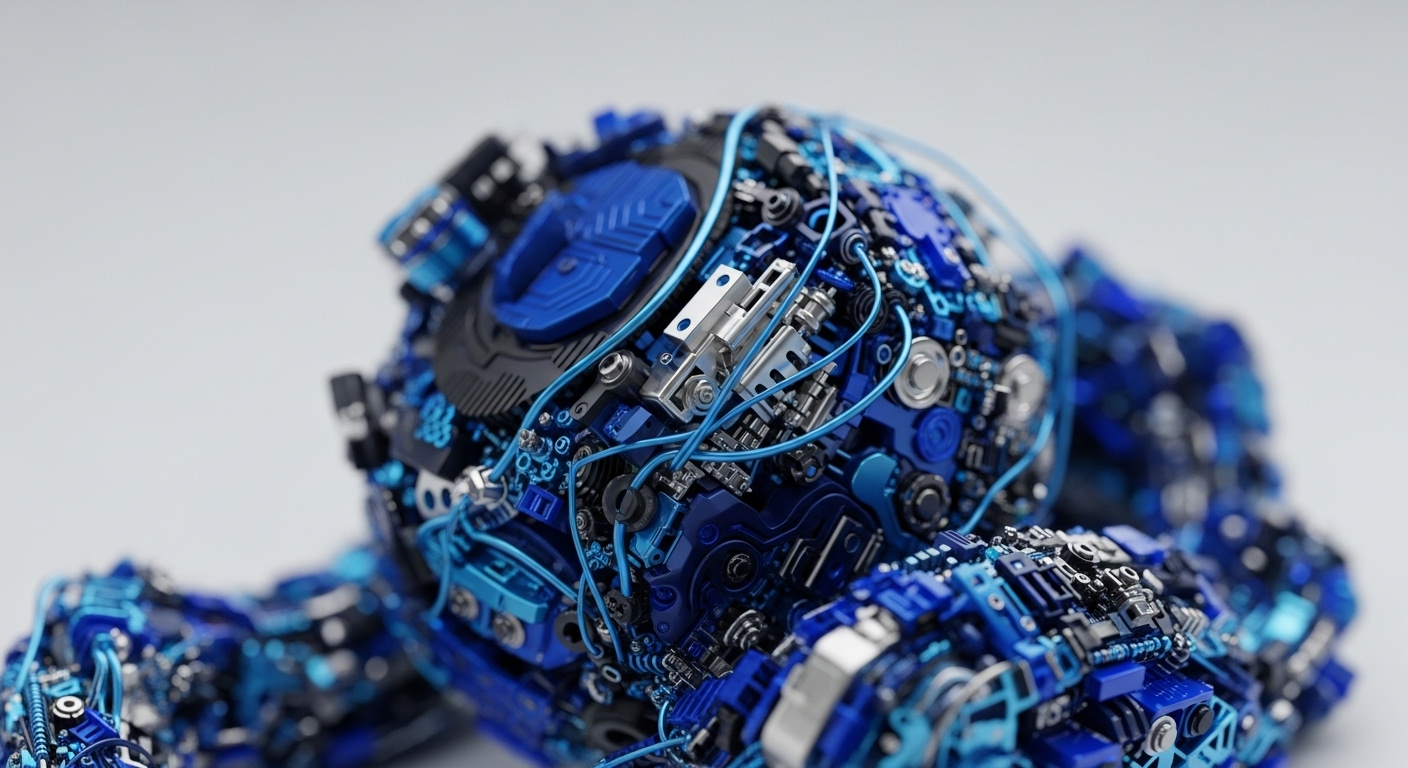
Briefing
The MetaDAO and MetaLex partnership introduced the Ownership Coin, a novel governance primitive that structurally unifies a DAO’s on-chain token rights with its off-chain legal and economic claims. This innovation directly addresses the critical fiduciary and legal disconnect inherent in traditional DAO models by embedding enforceable rights into the token itself, creating a single, auditable framework for asset control. The primary consequence is a significant de-risking of the DAO structure, moving it from a bifurcated, legally ambiguous entity to a unified, transparent, and enforceable organization. This architectural shift is quantified by the on-chain governance now acting as the sole decision-making authority for all assets held by the associated legal entity.

Context
Prior to this development, the DAO landscape was characterized by a fundamental structural friction → the separation of on-chain governance tokens from off-chain legal and asset-holding entities, typically foundations or LLCs. This bifurcation created a governance gap where tokenholders, despite their voting power, often lacked direct, enforceable legal claims to the organization’s profits or assets. The prevailing product gap was a lack of a single, legally sound, and cryptographically verifiable primitive that could align stakeholder incentives across both the code and the courts, forcing builders to rely on imperfect, trust-based solutions for treasury management and legal liability.

Analysis
The Ownership Coin alters the application layer by redefining the digital ownership model within decentralized organizations. The specific system it changes is the organizational architecture of the DAO, transforming the governance token from a mere voting right into an integrated bundle of economic, legal, and strategic control. This is achieved through a structural arrangement where an off-chain LLC owns the assets, but the on-chain governance smart contract is designated as the sole, binding decision-maker for that LLC. The chain of cause and effect is clear → the new primitive eliminates the central point of failure represented by an unaligned off-chain board, leading to greater capital security and a stronger alignment of incentives between the core team and tokenholders.
Competing protocols utilizing traditional governance models will face pressure to adopt similar legal wrappers or risk being perceived as structurally inferior and less capital-efficient due to their unresolved fiduciary ambiguity. This creates a new competitive moat based on legal and organizational clarity.

Parameters
- Core Integration → On-chain governance acts as the sole, binding decision-making authority for the off-chain LLC.
- Rights Embedded → Governance, economic, and legal rights are integrated into the single Ownership Coin primitive.
- Structural Consequence → The mechanism eliminates the disconnect between tokenholders and legal claims to assets or profits.

Outlook
The immediate next phase for this primitive is its adoption as a foundational template for new capital-intensive DAOs, particularly those focused on Real-World Asset (RWA) tokenization or large-scale venture investment. This innovation is highly forkable in principle, as the legal and smart contract framework can be generalized. The strategic consequence is that the Ownership Coin could become a foundational building block, establishing a new minimum standard for fiduciary transparency and structural integrity across the entire decentralized finance and legal-tech verticals. Protocols that fail to adopt this level of organizational clarity will struggle to attract institutional capital that requires verifiable, enforceable asset control mechanisms.
